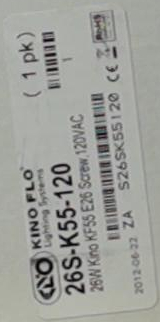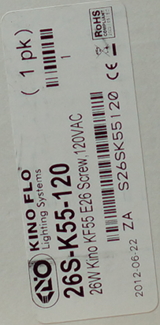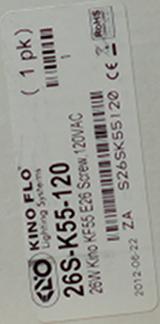Sony a77 1080p video appears similar or identical to 720p capture digitally upsampled
I use an array of cameras for video work, primarly Panasonic GH2s, but also an Olympus EPL1, a 5D Mark II, a Sony a77, and the occasional Vixia camcorder. For some reason, the videos from the a77 were never usable cropped, while those from the GH2 were always okay. I decided to do a little experiment.
High level summary: The results were consistent with the a77 shooting video at 720p, likely further cropping by 1.2x, and then upsampling to 1080p.
Experiment
I mounted a Zeiss 85mm f/1.4 lens on the camera. I set it on a tripod, and focused it manually (with focus zoom) on a cardboard box. I took a photo at 1/200s, f/2.8, ISO200 (RAW, JPEG). I took a video at 1080/24p (original video). I extracted the middle frame from the video with mplayer. I took both images, and cropped out a label from the middle of the box. At that point:
- I scaled the still (gimp, sinc interpolation) to 160 pixels wide (same as crop from video). This is what the video should look like.
- I scaled the still to be 107 pixels wide, and then back to 160 pixels, to simulate capture at 720p followed by digital upscaling to 1080p.
- I repeated the experiment simulating cropping to 90 pixels wide. This is close to what would happen if the whole sensor captured at 720p, cropped 1.2x for stabilization, and then upsampled to 1080p (numbers very much eyeballed here)
Results
| Actual a77 video (100% crop) | What it should look like (GH2 would be similar to this) | Simulated 720p on whole sensor, then cropped | Simulated 720p on video portion of sensor (uncropped) |
 |
 |
 |
 |
The images resampled in gimp darken slightly, since gimp does not
manage gamma when up/downsampling with sinc interpolation. This isn't
an issue with lens/focus/etc. Just to see the level of detail hitting
the sensor, a 100% crop from the original JPEG:

Video compression should not account for this (unless Sony has a bug). The video is maximum bit rate, minimum frame rate video of a still target. Compression should have virtually no relics. In addition, Panasonic does not suffer from this problem.
This isn't just an issue with downsampling. For comparison, I'm posting versions of the image downsampled with linear subsampling. This is a very good approximation of pixel binning when going from 24MP to 2MP (the only differences is in how edge pixels are handled). In addition, I have a version identical to row skipping. Both are much better than the a77 video. As a sidenote, going from 24MP to 2MP, binning would be almost identical to sinc.
Note that this is not smoking gun evidence for Sony shooting at 720p and digitally upsampling or something similarly crooked. Sony could be doing something else wrong. For example, if Sony simply took every nth pixel, and then did demosaicing, and then moire reduction, you might get something like this. I'd still call it a little dishonest, but not outside of corporate norms. But the effect on the camera user is the same -- advertised 1080p, actual 720p.
As a footnote, overall, the a77 is not really unusable as a semi-pro video camera:
- No audio levels. Only AGC. It is impossible to capture good audio without a separate audio recorder.
- No optical image stabilization. Only digital stabilization (which works well, but could be better applied in post-processing)
- Many UX controls are disabled in video mode. To me, the most frustrating is lack of focus zoom. To focus, I have to turn the mode knob to manual, focus zoom, focus, turn the mode knob back to video.
- Of course, it has an additional 1.2x crop factor. This has been more annoying than I first thought. I figured it wouldn't matter; it'd just behave more like a u4/3 camera in video mode. In fact, if e.g. I'm shooting stills of my baby, and want to switch to video, I can't do it quickly. I need to first switch lenses from my 85mm to my 50mm. My carefully chosen lens selection for stills becomes somewhat inadequate for video work.
As a footnote, after I posted this, discussions on Sony forums had a few slightly aggressive negative comments about myself as a person ("Sony hater" and the like). Copyright © 2013, 2016. Piotr Mitros. All Rights Reserved. Written Feb 25, 2013. Last modified 8/21/2016.